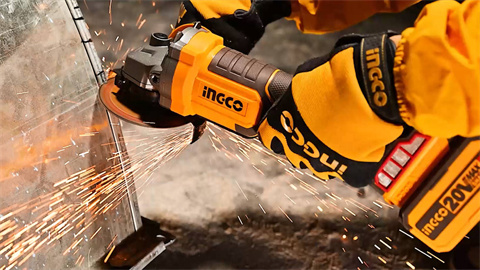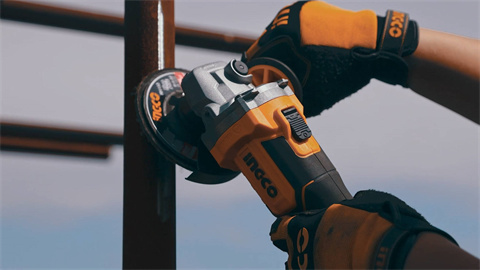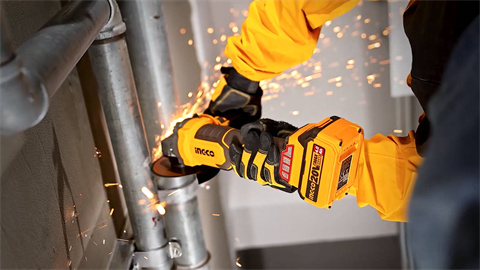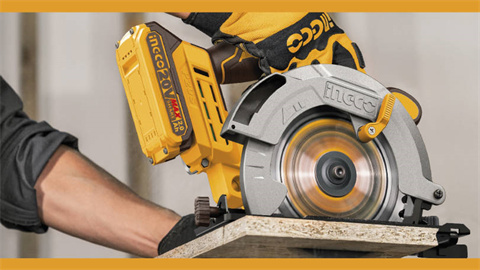Can I Use an Angle Grinder to Cut Wood? Answers and Tips
You must already know that angle grinders are great tools for metal fabrication. However, you might also ask the question, “Can I use an angle grinder to cut wood?” This article is for those who ponder the same question. I'll answer all your queries, including whether you can use an angle grinder to cut wood, how to use it to grind wood, and important considerations when working with wood. Read on to find out everything you need to know.
What Is an Angle Grinder?
An angle grinder is a useful tool for various tasks like cutting, grinding, and polishing. It uses a rotating disc or blade to get the job done. You can power it with electricity, batteries, or compressed air. These grinders work well with materials like metal, stone, and wood. They come in sizes from 4 to 9 inches, and you can switch the discs based on what you need to do.
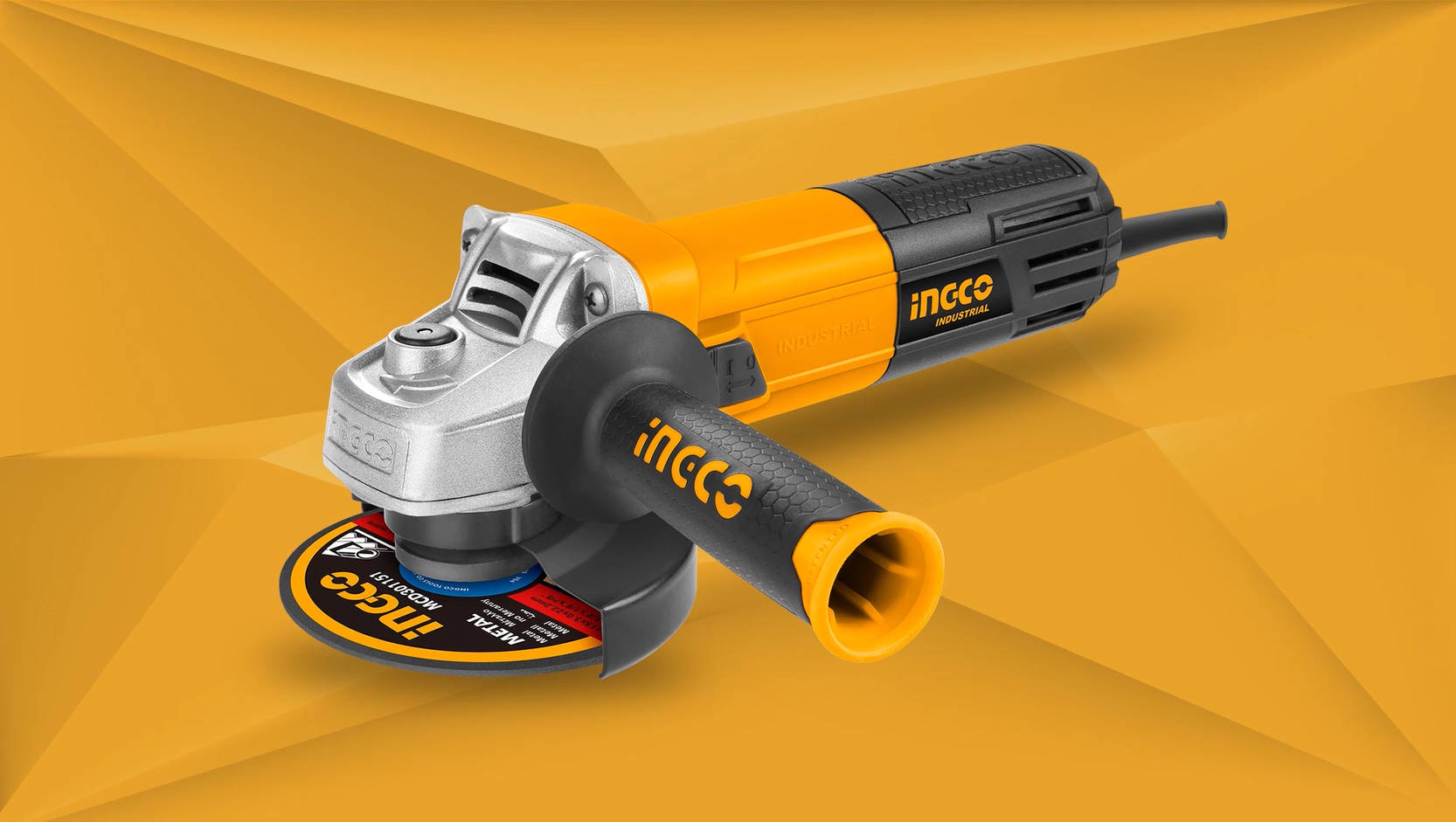
Can I Use an Angle Grinder to Cut Wood?
Yes, you use an angle grinder to cut wood, but you need the right blade and technique for safety. Angle grinders are designed for tough materials like metal, making them tricky for wood.
Use a blade made for cutting wood, which has fewer teeth and larger gaps to prevent clogging and overheating.
If you also wanted to know the answer to the question, "Can you use an angle grinder to sand wood?" the short answer is yes. Sanding wood is possible by attaching a sanding disc onto your angle grinder. However, for a smoother and more efficient finish, a dedicated sander is generally a better choice.
How to Grind Wood with Angle Grinder?
Now that you know you can use an angle grinder to cut wood, let’s dive into the process. Cutting wood through an angle grinder involves a series of steps to achieve a clean and precise finish. Here’s a guide to help you through the process:
- Choose a wood-cutting disc like a flap disc or carving disc based on what you need for your project.
- Put on safety glasses, gloves, and a dust mask to keep yourself safe from debris and dust.
- Secure the wood with clamps tightly so it doesn't move, which will keep it stable and safe while you work.
- If your angle grinder has settings to adjust speed, start with a lower speed for better control.
- Use two of your hands—the main handle of the grinder must be held by one of your hands and the other must be for the side handle—for better control.
- Switch on the angle grinder and before touching it to the wood, make sure it reaches its maximum speed.
- Mildly make your disc spin slower onto the wood and move it evenly across the surface.
- Move in different directions to avoid making ridges and to get a smoother finish.
- When you're done, turn off the grinder and clean up any dust or debris from your work area.
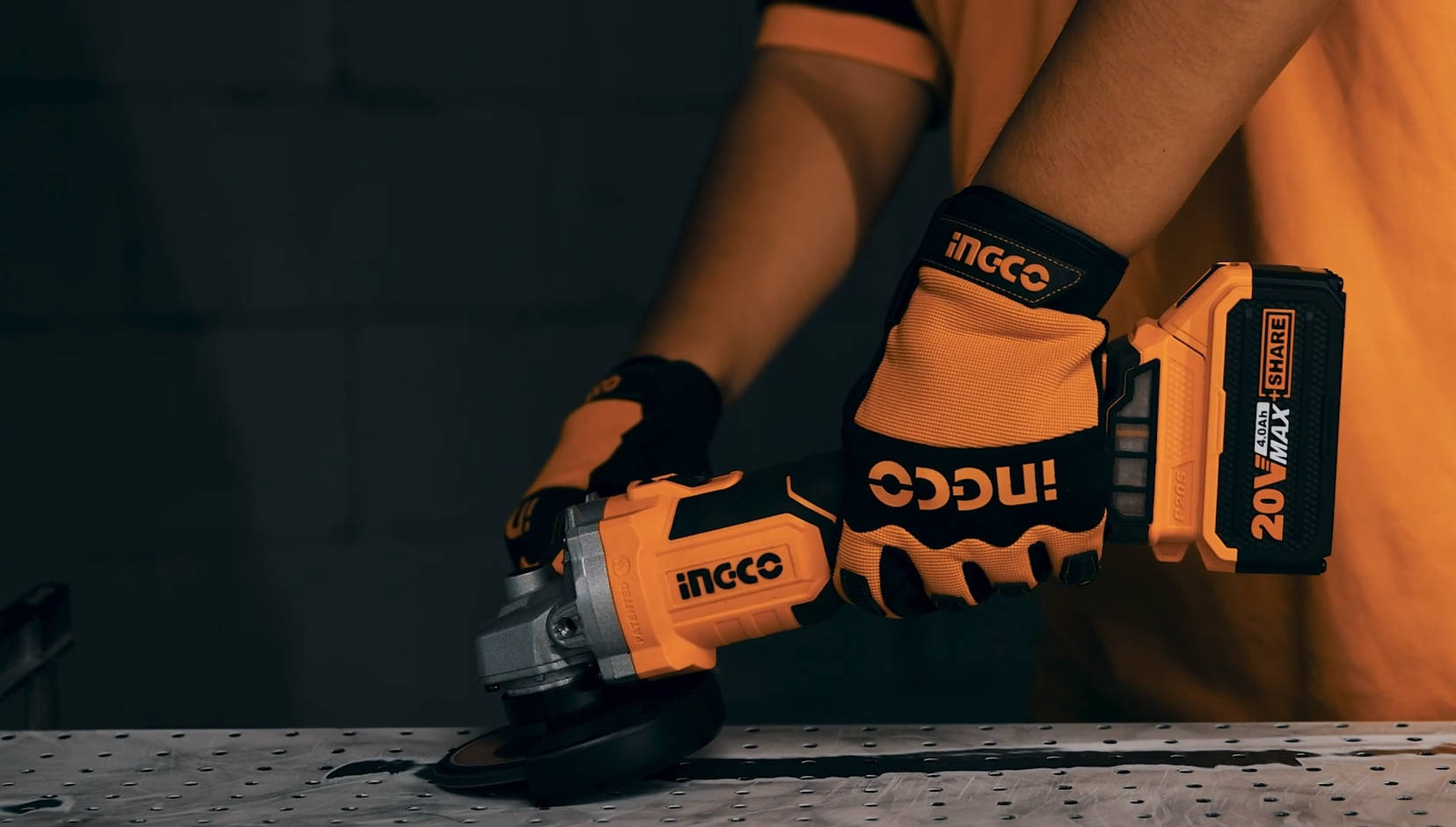
When choosing an angle grinder, make sure it has the right speed and disc diameter for the wood you need to cut. Look for a brand that offers a variety of options. For instance, INGCO provides a range of angle grinders with different speeds and disc sizes. Their models come with disc diameters from 100mm to 230mm. With such a wide selection, you can easily find the right tool for cutting wood or metal.
Things to Note When Using an Angle Grinder to Cut Wood
When using an angle grinder to cut wood, several safety precautions and best practices should be followed:
Blade Selection
When cutting wood using an angle grinder, use blades specifically designed for wood to ensure safety and effectiveness. Avoid metal-cutting or grinding discs, as they can be dangerous.
Look for a three-tooth blade for easy cutting, or a wood-cutting or carving disc with a serrated edge for detailed and larger cuts. These blades handle the grinder's high speeds and cut wood smoothly.
Speed Control
Since angle grinders spin at 10,000 to 12,000 RPM, they can be hard to handle and prone to kickback. Use a variable speed grinder to reduce RPM to around 3,000 to 4,000 for better control and safety.
If you lack a variable speed grinder, a router speed control device might not work well and could damage the grinder. Move steadily along the cut line to keep the cut smooth and precise. Before cutting wood, securely clamp it to a stable surface or workbench to prevent movement or vibrations.
Avoid Kickback
To prevent kickback when using an angle grinder on wood, pick the right blade for the task. Secure the wood with clamps so it stays still. Grip the grinder with both hands to keep it steady. Apply light pressure and don't push too hard, as this can cause kickback.
Before you start, check the grinder and blade for any issues. Always keep the grinder at a steady angle and avoid twisting it while cutting to help you cut wood safely and smoothly. I also recommend to always use PPEs for extra caution.
Conclusion
Going back to your question: Can I use an angle grinder to cut wood? The simple answer is yes. Using a wood-cutting blade, you can accomplish this task. However, despite the precautionary measures I mentioned, it’s always better to use a circular saw to cut wood. This will help you achieve cleaner cuts and reduce the risk of potential hazards associated with using an angle grinder to do this task.
FAQs
Which angle grinder blade is best for cutting wood?
Use a wood-cutting blade designed for this purpose. These blades have fewer teeth and larger gullets to reduce clogging and overheating. Find for blades labeled as "wood cutting" or "carbide-tipped" for the best performance.
Can I use an angle grinder to make precise cuts in wood?
Angle grinders aren't ideal for precision cuts but can achieve reasonably accurate results with practice and the right blade. For more precise cuts, use a woodworking saw like a circular saw or jigsaw. Angle grinders are better suited for rough cuts or shaping.
Is it better to use a corded or cordless angle grinder for woodworking?
For woodworking, a corded angle grinder is preferred for its consistent power and longer run time. Cordless models offer portability but may have limited battery life and power, making them less suitable for extended tasks.
